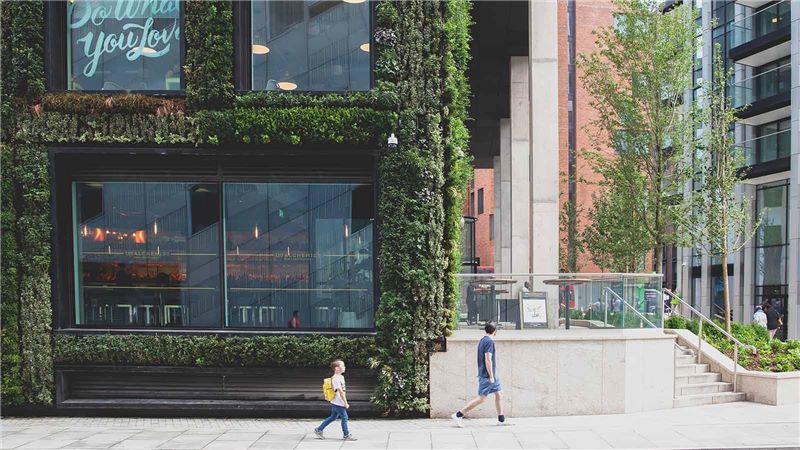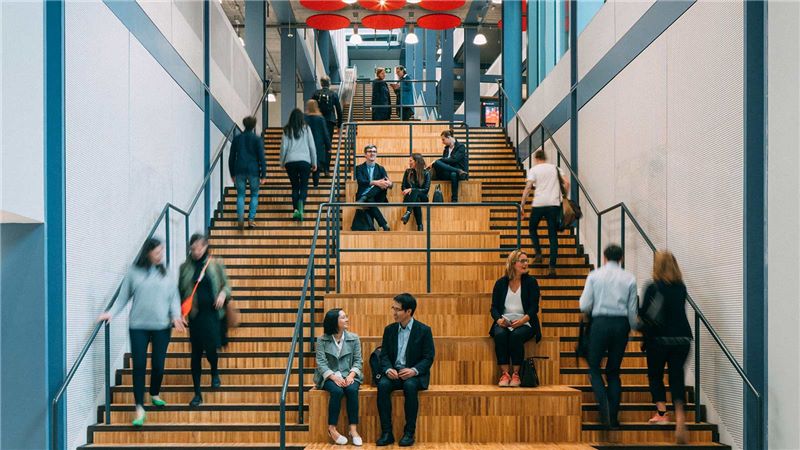Perspectives
Transforming planning and design – how can we create safe places for women?
With the UK Government debating the extent of the measures that should be adopted to ensure that women feel safe inhabiting urban areas, what role does design and development play?
Recent UN research has shown that in Canada, one in three women are subjected to some form of violence in public spaces, while in India more than two thirds of young women and men think that rural public spaces are not safe for women after dark.In reality, inadequate planning and design results in millions of women feeling unsafe around the world, limiting their activities and choices and receiving the message: ‘this place is not for you’. As industry experts we can take a stand to deliver safer public spaces. Inclusive. Sustainable. Connected. These are considerations that can transform women’s lives and respond to their experiences of urban environments.
Mace’s Associate Director for Develop and co-chair of the ‘Women at Mace’ network, discusses the importance of a design response that prioritises women’s safety and inclusivity, and the role of a diverse range of voices participating in the design and urban development process.
Gender bias in urban planning
Research shows us that we face gender bias across all the institutions that surround us. In her book, ‘Invisible Women’, author Caroline Criado-Perez has recently exposed statistical gender bias: when men are the decision-makers creating the blueprint for the cars we drive, roads we walk on, smartphones we hold in our hands, these become ‘one-size-fits-men’.
It's the same for urban design and planning. When the majority of people designing and delivering a public space are men, then the outcomes are inevitably tailored for men rather than to female bodies, needs or desires. As Leslie Kern, author of ‘Feminist City’ writes, ‘We live in a City of men. Our public spaces are not designed for women. There is little consideration for women as mothers, workers or carers. The urban streets are at times a place of threat rather than community’.
The challenge is clear and some of the possible solutions are not new ideas. 1961, Jane Jacobs published her work, ‘The Death and Life of Great American Cities’, arguing that public safety will never be achieved by police force only.
According to Jacobs, designing for safety needs active cross-use of land that encourages mixed activities, blocks of varying sizes and conditions, and preventing low density residential areas and housing projects segregated by income from being delivered.
Designing for women’s safety
As we expect the number of people in the world that live in urban areas to increase dramatically by 2030, there is a risk that we will perpetuate the current design norms if we are not focussed on prioritising women - which will be detrimental to the safety, economic wellbeing and happiness of millions of girls and women. In London alone, 74% of women respondents to a survey said they feel worried about their safety in public spaces in the capital.
Women’s fear is of men. For women to feel and be safe, women assess external public spaces to avoid encountering dangerous men, and so we need a gender conscious approach to urban design to advocate for safer, less fearful places.
From transport networks and cycling infrastructure to parks and housing developments, rethinking design has to be supported by social and cultural transformation and comprehensive policies aimed at preventing violence against women.
Here are some design changes to the built environment to consider in parallel with tackling the social control of women:
1. Transport and cycling routes
Transport networks and cycling routes have traditionally been designed for men, as they are historically the breadwinner across most countries in the world. Commuting to work then is designed to help men rather than women, with more cycling near-misses happening to women compared to men.
It’s clear to see why women feel in danger on transport networks across the world where poor lighting and confined spaces make it hard to identify escape routes, and where women are groped, harassed and followed. In order to help women feel safe, bus stops and tube platforms can be improved with reliable lighting and appropriately marked exits on all tube carriages and other confined spaces on the transport network.
Local authorities can also increase the number of protected cycle lanes where women feel generally safer from harassment but where they are more exposed to road traffic dangers. Cycling on highways compared to cycling protected lanes can subject women to verbal harassment disproportionately compared to men, which may affect their decision to cycle altogether.
These transport design principles have to be integrated in comprehensive guidance regarding urban design. Taking leadership in this design change is vital.
2. Parks and public spaces
There are many signals in public spaces that indicate to women that a space might not be safe for them – and the reality is that often, it isn’t safe. Lack of sightlines, poorly maintained parking lots or public toilets can indicate danger for women, which limits their choices: to walk, to cycle, to go for a run, to go to the shops.
If we are creating a new place that is meant to be safe for women, with public spaces, amenities and housing, we have to think more broadly about good lighting, clear signage, biodiversity and community engagement. For example, designing parks with good drainage systems and increase biodiversity can make them accessible to the wider community. With people gathering outdoors, it’s more likely that women feel safer walking around.
Each community will have its specific design requirements. For example, a market for women vendors in Peru needs a different design set-up for safety compared to a local shopping centre in an American city. Different women have different experiences of danger, so responsive design and planning is the best approach to create safe public spaces for women.
While we cannot design out the dangers that women are exposed to in their everyday lives, we can use planning and design to minimise these risks and increase women’s feeling of safety in urban environments. Beyond safety, it’s also a question of choice, freedom and full participation.
All of the design considerations to empower women need to be supported by leadership and policies. The underrepresentation of women in architecture and development is one of the reasons why urban developments are not always designed to make women feel safe or help them stay safe. Until we have a fair reflection of women’s views at the design stage for urban spaces, we cannot guarantee our towns and cities will keep women safe.
I firmly believe that we should embed female-centred governance in planning and development, supported by guidance to prioritise women’s safety. Women should feel safe and claim public spaces for their own. As an industry we have an important role to play to re-set the rules of the game and deliver environments we can all be proud to call safe spaces for all.











